Kashmir
Ancient temple ruins in Kashmir – 4. Naranag
As we reached this place in the Ganderbal district situated amidst
much scenic beauty and that too near the mighty river Sindhu/Indus, we
were approached by a tall and impressive man who imperially asked for
money. He was retarded. Then, our guide was approached by a local
trekking organiser, since tourists go trekking from Naranag.
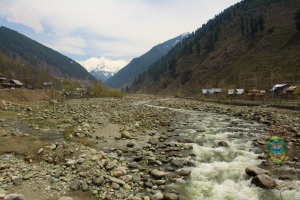
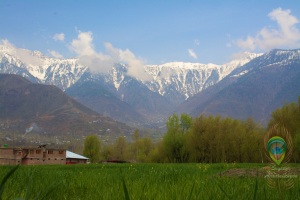
Anyway, I’m digressing… The temple ruins look impressive, though in a bad state. Built by Lalitaditya Muktapida around the 8th century, this one is called the Jyesthesa temple (see K. Warikoo’s Cultural Heritage Of Jammu And Kashmir 2009: 87-88).
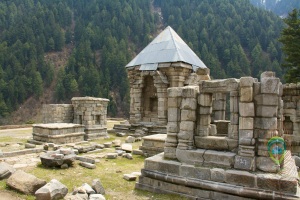
Had we come all the way to see this sole structure? Well, can’t really complain because the route and the place were enchanting. “There’s another structure below. Come with me,” says Nawaz, our guide. That’s when we look down and see another impressive temple, in the same Aryan style: the Bhutesa temple. This one is larger than the former, and it contains a stone structure that serves as a pool for bathing. And legend has it that this was donated by King Avantivarman during his visit to this temple.
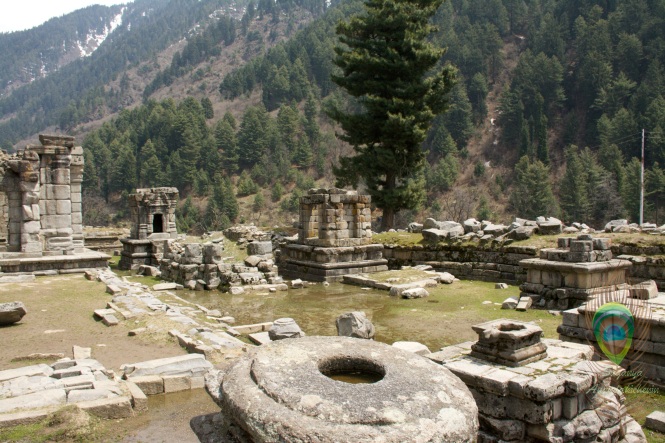
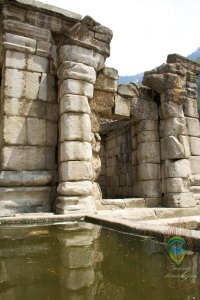
The main shrine is once again painfully empty…
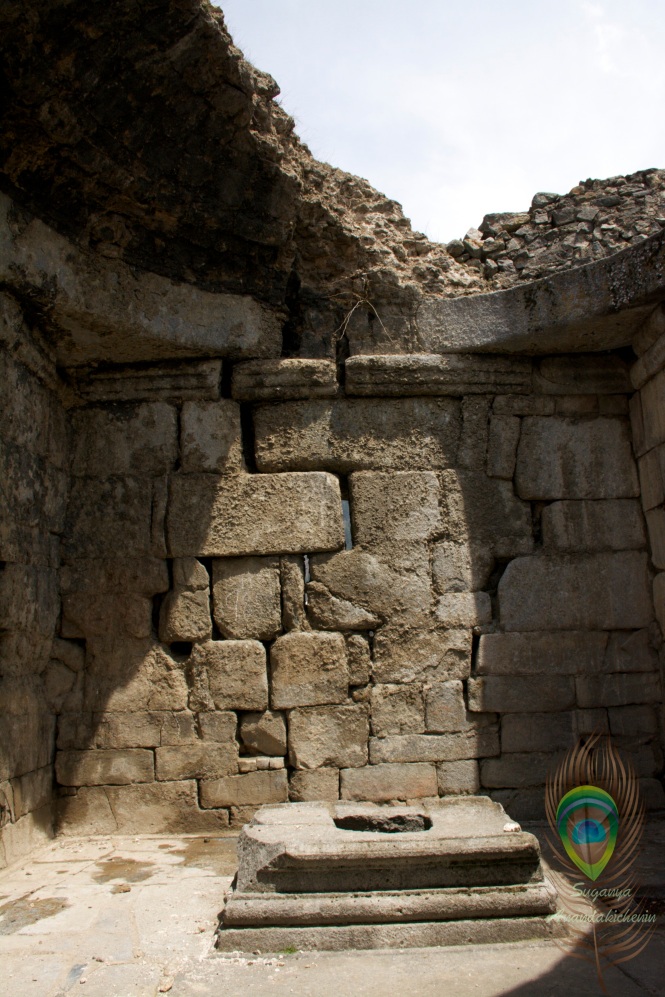
…but a shivalinga seems to have been installed in one of the side shrines; it’s probably of a recent date.
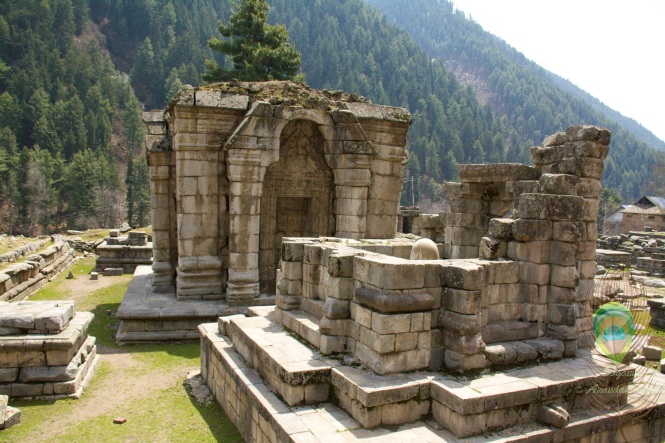
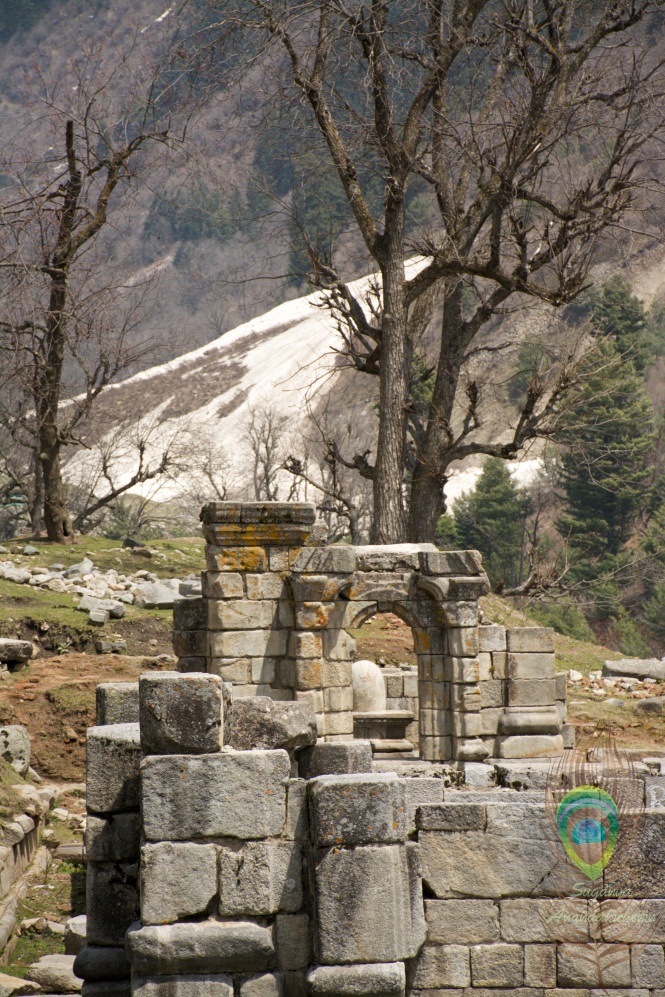
This area is populated by the Gujjars, who are a pastoral tribe with a distinct language and culture. The language, Gu(o)jri is said to be close to Punjabi. These people are different from the inhabitants of the rest of Kashmir.
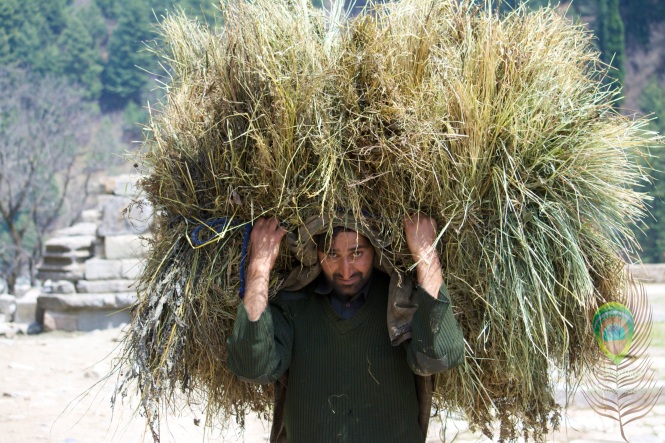
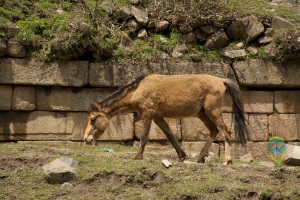
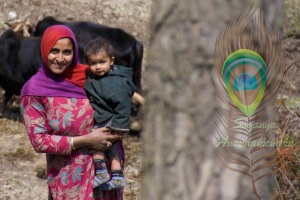
Children were just as curious as anywhere else…
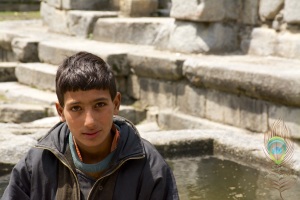
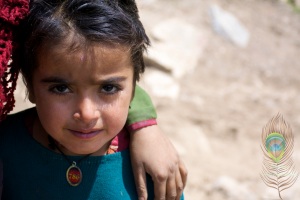
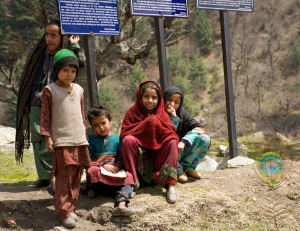
The highlight of this trip was a lovely song I heard, a song that sounded as if it came straight out of the heart. Looking around for the source of this voice, I found a tiny diva who went on with her concert, unabashed and undisturbed by my notice or my camera’s, as her mother kept on performing the chores. That song gladdened the heart, and made me wish I had something to record it with. Too late… but not too late for the next journey.
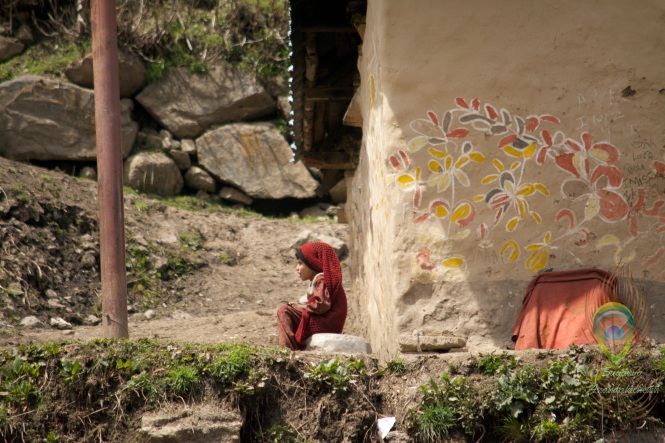


Anyway, I’m digressing… The temple ruins look impressive, though in a bad state. Built by Lalitaditya Muktapida around the 8th century, this one is called the Jyesthesa temple (see K. Warikoo’s Cultural Heritage Of Jammu And Kashmir 2009: 87-88).

Had we come all the way to see this sole structure? Well, can’t really complain because the route and the place were enchanting. “There’s another structure below. Come with me,” says Nawaz, our guide. That’s when we look down and see another impressive temple, in the same Aryan style: the Bhutesa temple. This one is larger than the former, and it contains a stone structure that serves as a pool for bathing. And legend has it that this was donated by King Avantivarman during his visit to this temple.


The main shrine is once again painfully empty…

…but a shivalinga seems to have been installed in one of the side shrines; it’s probably of a recent date.


This area is populated by the Gujjars, who are a pastoral tribe with a distinct language and culture. The language, Gu(o)jri is said to be close to Punjabi. These people are different from the inhabitants of the rest of Kashmir.



Children were just as curious as anywhere else…



The highlight of this trip was a lovely song I heard, a song that sounded as if it came straight out of the heart. Looking around for the source of this voice, I found a tiny diva who went on with her concert, unabashed and undisturbed by my notice or my camera’s, as her mother kept on performing the chores. That song gladdened the heart, and made me wish I had something to record it with. Too late… but not too late for the next journey.

Ancient temple ruins in Kashmir – 3. Martand
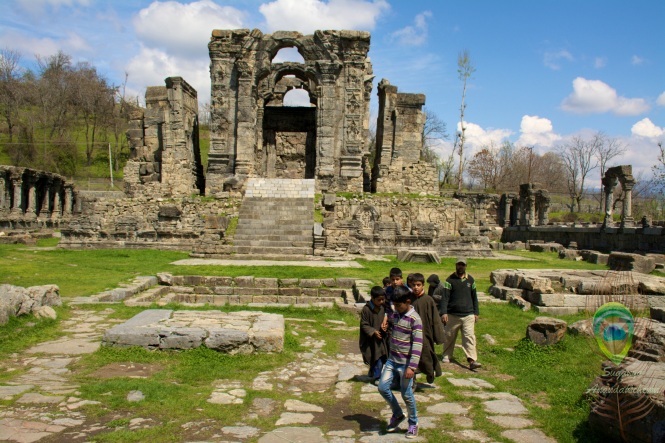
Martand was one of the three most important temples devoted to the Sun god, along with the Modhera temple in Gujarat and the more famous Konark Temple in Odisha. Situated near Anantnag, it is now known as Mattan, which is also close to a Shiva temple that the pandits have held very sacred.
This Sun temple is a most majestic, impressive structure, though standing now in ruins. It was built by Lalitaditya Muktapida of the Karkota dynasty, though some claim that its foundations already existed in the 3rd to 5th centuries CE (see Qasba Raina’s Kashur The Kashmiri Speaking People 2013: 230).
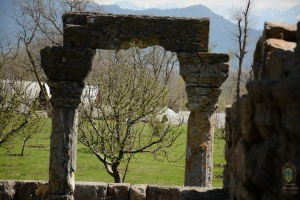
The apple trees in the middle ground, the Himalayan range in the background make this place a very, very beautiful one
The large courtyard, the huge pillars, the minute carvings leave one spellbound.
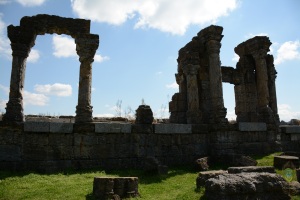
The sun god was shining when we visited his temple, making the visit pleasant, but photography difficult with the harsh light…
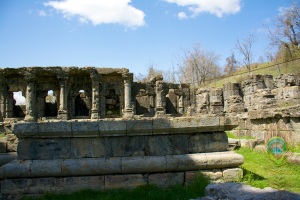
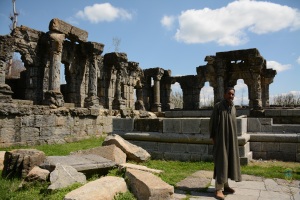
The guard in that place pointed out that the carvings in the panels are those of Krishna (I can’t recall the number, but I think he mentioned 74?). Though I took many pictures, the blue Lord was to be discerned only a few times thanks to the flute he holds. The remaining sculptures have been defaced and unidentifiable to untrained eyes like mine.
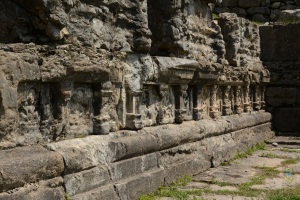
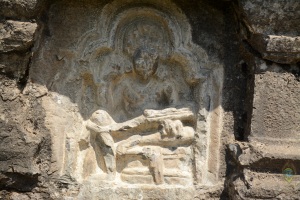
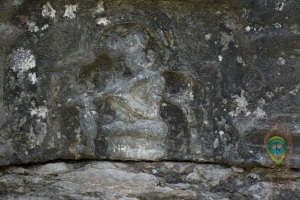
The garbhagriha (sanctum sanctorum) stands empty…
… though we can find a sculpture of the sun god on the outside panel
The guard also pointed out there was an inscription in an ancient script. I was unable to capture it with precision, let alone try to decipher it :-(
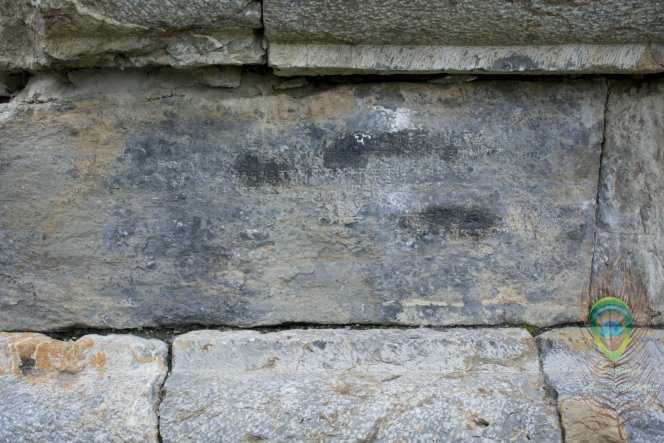
The children now use the temple to play hide and seek.
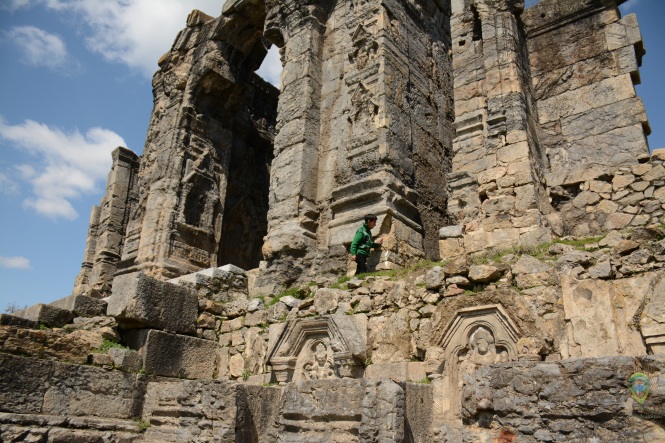
As we entered the place, some curious children came in to see us; then came more of them. And then it seemed half the village came to have a peek at us, albeit discreetly. One of the kids asked my saree-clad mother what she was wearing? why? where she came from? who I was? how long we’d stay there? And she hung around the place till we left and waved us goodbye. What curious, clever children! The past glory of the temple lies in the hands of this future generation, which we can only hope will recognise and treasure it.
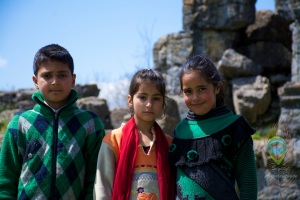
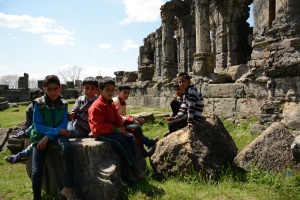
Ancient temple ruins in Kashmir – 2. Avantipura
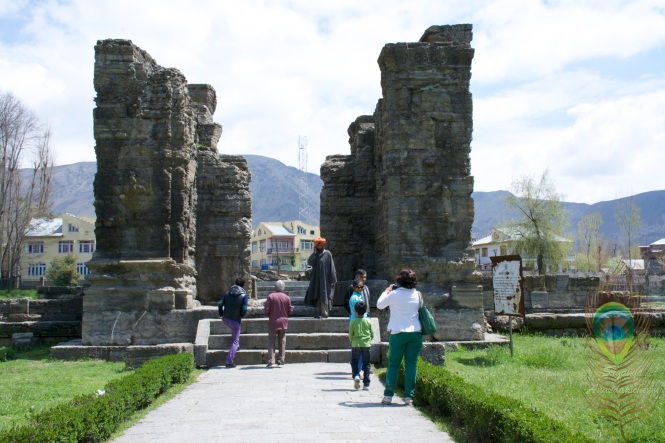
Now known as Awantipora, this town is located on the Srinagar-Anantnag road, a few kilometres away from the Kashmiri capital.
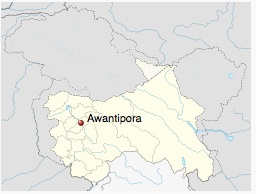
copyright: http://en.wikipedia.org/wiki/Awantipora
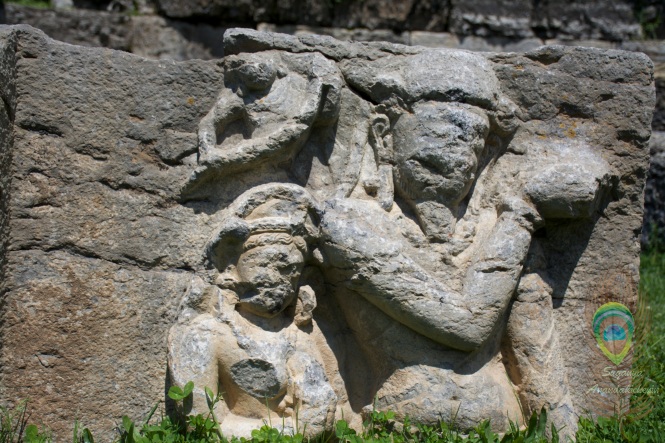
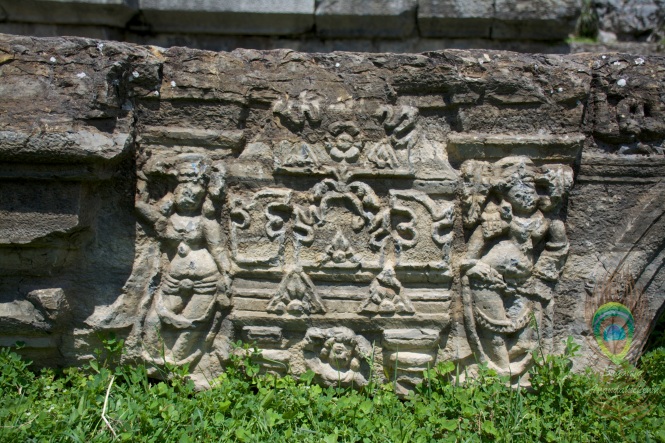
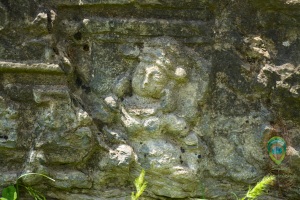
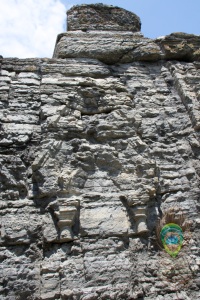
The guard (who also served as a guide) told us an earthquake destroyed the place, just as it did this statue:
Modern constructions have surrounded this place, and have somewhat encroached upon its charm.
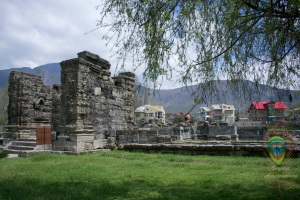
And what better use could we have for the place, other than turning it into a cricket stadium?
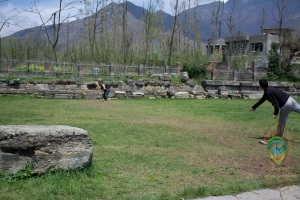
The second, much bigger temple, built by the same king for Vishnu, is known as the Avantiswami temple. Sculptured reliefs are numerous, and so are the carved columns.
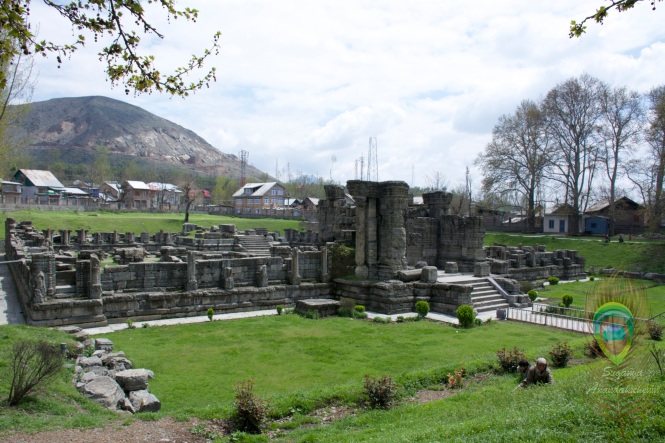
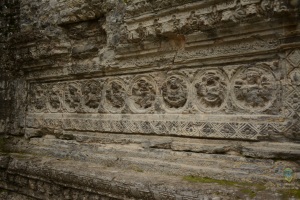
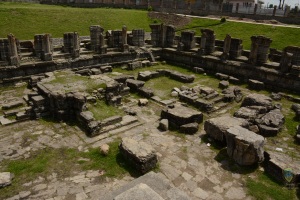
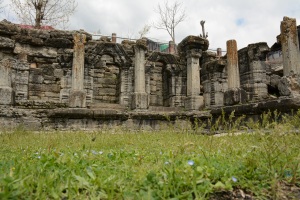

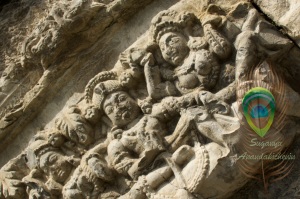
The reclining Vishnu is gorgeous…
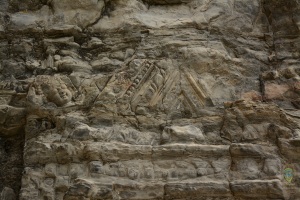
and so are the sculptures of the rivers Ganga and Yamuna and those of the couples reminiscent of the ones found in the Konark temple.
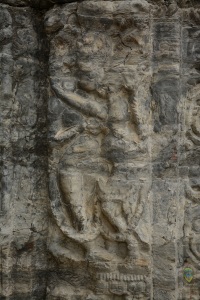
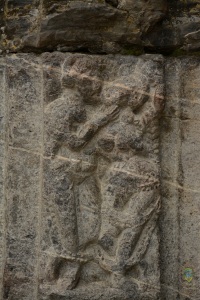
And the king (?), his family along with bodyguards, exquisite too…
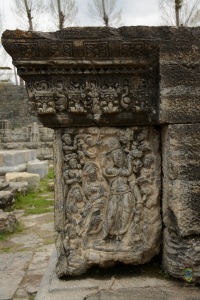
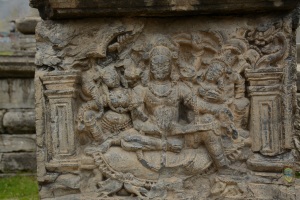
The shrines dedicated to Bhudevi and Sridevi are empty today…
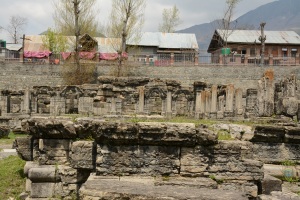
…so is the main one once dedicated to Vishnu
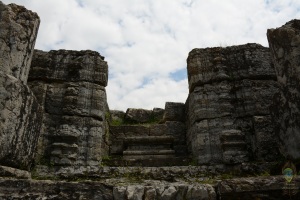
The grass that grows here attracts the locals who find food for their livestock.
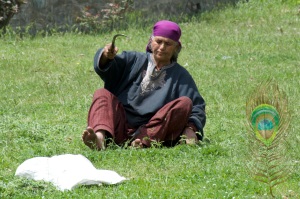
The Avantiswami temple now
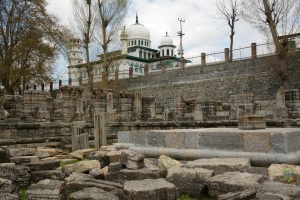
Ancient temple ruins in Kashmir – 1. Parihaspur
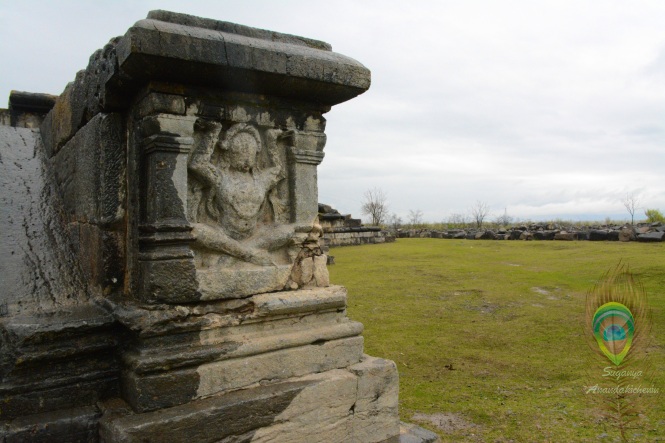
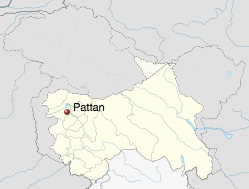
copyright http://en.wikipedia.org/wiki/Pattan
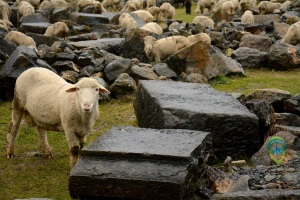
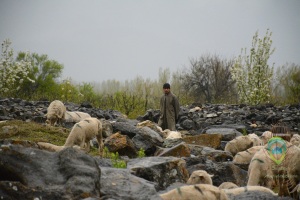
Surrounded by apple orchards, this delightfully green place is a visual treat.
Though my guide Nawaz told me these structures
were incomplete ones and that for some reason the construction work
stopped after the laying of the basement, it seems these indeed are
ruins of fully-built temples, dedicated to Buddha and to Vishnu (The
Parihaskesava Temple, see Warikoo 2004: 87). Very few sculptures are
present there today.
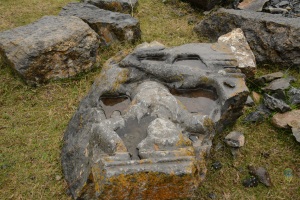
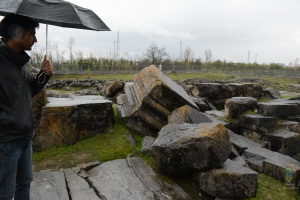
An article published on http://www.kashmirdispatch.com/others/030712157-parihaspora-the-forgotten-buddhist-capital.htm
has this to say of Parihaspura: “He [Lalitaditya] constructed three
historical monuments here viz. Chatiya, Rajbihari and Sootopa in 8th
century BC. In Chatiya the assembly was held and matters of common
interest were discussed. Rajbihari was the court of the kingdom. In
Sootopa which was a seven storey building, matters related to religion
were set and rituals were offered.” The author also claims that a war
with another king led to the death of Lalitaditya and the looting of the
capital. Another author mentions that the city lost its glory when
Lalitaditya’s son decided to found a new capital in Shadipur (see Tikoo
2013, no page number)
As we were leaving, a tall man appeared in a
pheran and spoke to Nawaz. According to the latter, he was the one in
charge of taking care of the place, and he hoped guides would bring in
more people to visit the ruins. Which indeed is a good suggestion. If
you happen to be interested in ancient history and architecture, and
also enjoy mesmerising landscape, then this is the place for you.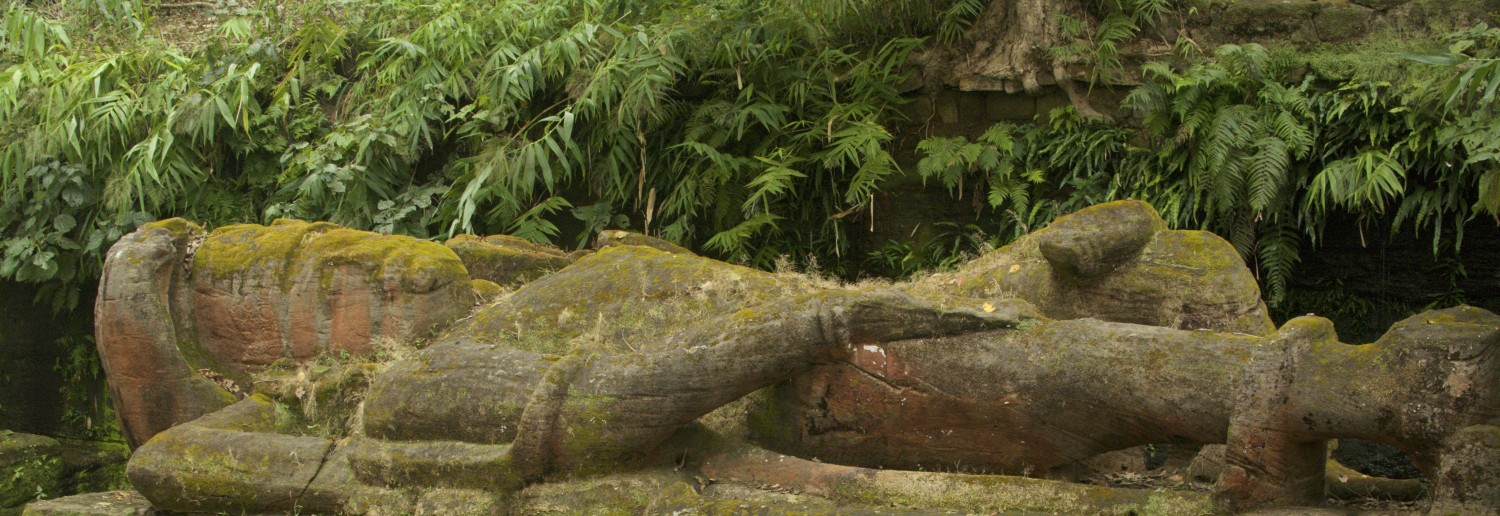
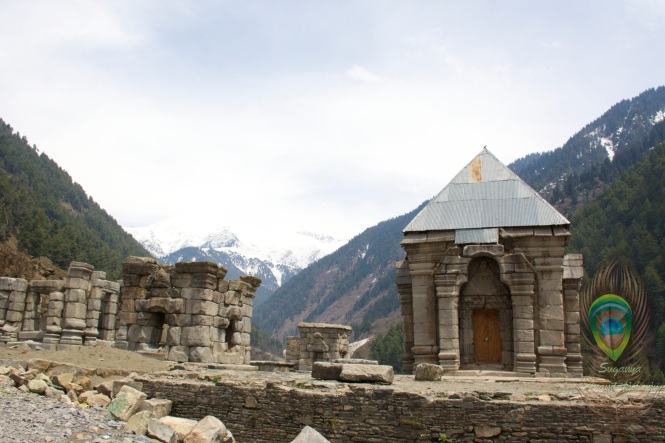
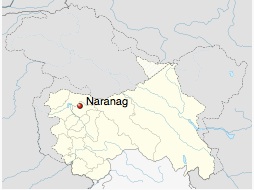
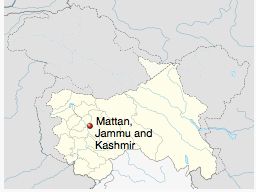
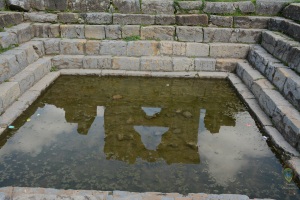
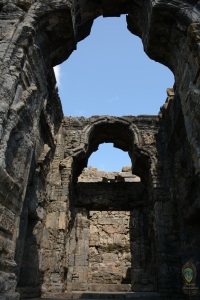
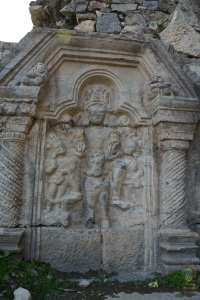
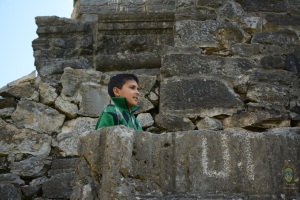
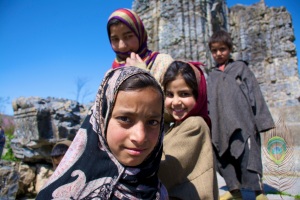
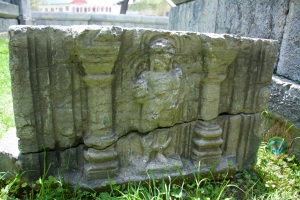
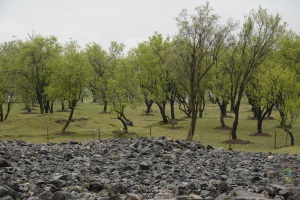
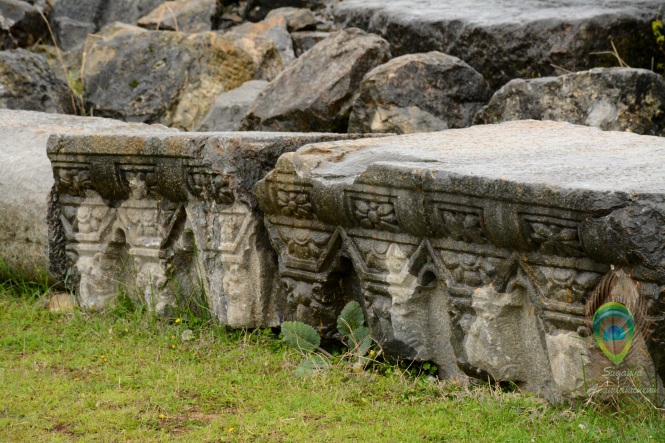
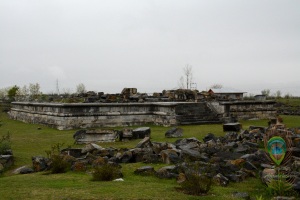
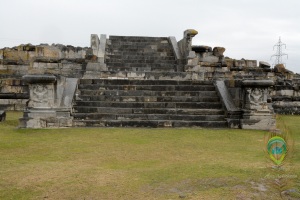
No comments:
Post a Comment